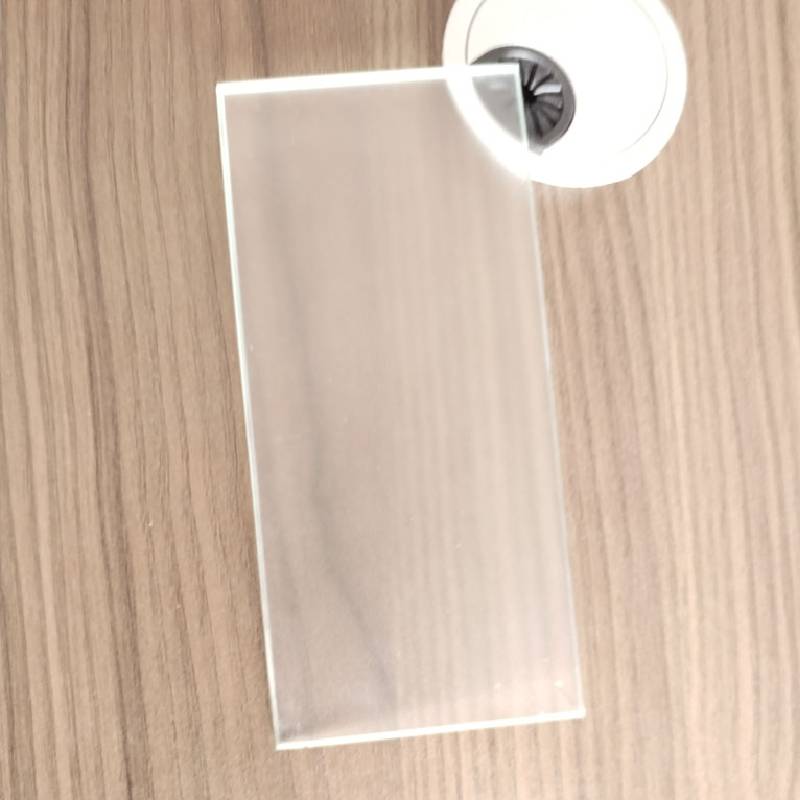Understanding Flat Float Glass Characteristics and Applications
Flat float glass is a widely used building material known for its clarity, strength, and versatility. This type of glass is manufactured through a unique process that involves floating molten glass on top of molten tin, creating a smooth, uniform surface. In this article, we will delve into the characteristics, manufacturing process, advantages, and various applications of flat float glass.
Manufacturing Process
The production of flat float glass involves several steps, starting with the primary raw materials silica sand, soda ash, and limestone. These materials are combined and heated to extreme temperatures to form molten glass. The crucial stage in the manufacturing process is the “floating” technique. Once the glass is melted, it is carefully poured onto a bed of molten tin. Due to the differing densities of glass and tin, the glass floats and spreads out to form a flat, even layer. This method ensures that the glass produced has an exceptionally smooth surface and uniform thickness, generally ranging from 2mm to 19mm.
After forming, the glass is gradually cooled in an annealing lehr, which helps remove internal stresses. Once cooled, the flat float glass is cut into sheets of desired sizes for various applications. The quality control measures during manufacturing are stringent, allowing for minimal defects, making flat float glass highly reliable in construction and other sectors.
Characteristics
Flat float glass is characterized by several key qualities
1. Clarity and Transparency One of the most appealing attributes of flat float glass is its exceptional clarity. It has minimal distortion, allowing for high-quality optical performance, which is essential in both architectural and decorative applications.
2. Strength and Durability The glass is robust and resistant to scratches and impacts, making it an ideal choice for windows and facades in buildings. Enhanced durability can also be achieved through various treatments or coatings.
3. Variety of Thicknesses Flat float glass can be manufactured in a wide range of thicknesses, catering to different safety and aesthetic requirements.
4. Versatility It can be processed further through cutting, edging, laminating, and coating, allowing for numerous applications across different industries.
Advantages
The advantages of using flat float glass are numerous
flat float glass
- Energy Efficiency Float glass can be treated to reduce UV and IR transmission, contributing to lower energy consumption in buildings. For example, low-emissivity (Low-E) glass variants can significantly improve thermal insulation.
- Aesthetic Appeal The clarity and smooth finish of flat float glass enhance the aesthetic value of any space, be it residential or commercial. It can be used in various architectural designs, from minimalistic to ornate.
- Easy Maintenance The surface of flat float glass is easy to clean and maintain, resisting dirt accumulation and requiring minimal care over its lifespan.
Applications
Flat float glass has a wide range of applications across various sectors
1. Architecture and Construction It is extensively used in building facades, windows, skylights, and glass doors, contributing to the modern aesthetic of contemporary architecture.
2. Automotive Industry Flat float glass is manufactured for vehicle windshields and windows, combining safety with an unobstructed view.
3. Interior Design It is popular in furniture design, such as glass tables, shelving, and partitions, providing elegance and functionality.
4. Solar Energy Flat float glass plays a role in the production of solar panels, where its transparency allows for maximum light absorption, promoting renewable energy solutions.
5. Electronics Various electronic devices incorporate flat glass for screens, displays, and protective layers, thanks to its clarity and durability.
Conclusion
In summary, flat float glass is a fundamental material in today’s construction and design landscapes due to its impressive characteristics and broad range of applications. As industries continue to evolve toward more sustainable and aesthetic solutions, the role of flat float glass is likely to grow, making it a critical component in modern architecture, automotive design, and much more. Whether enhancing functionality or contributing to the beauty of a structure, flat float glass remains a versatile and essential choice in various fields.
 Afrikaans
Afrikaans  Albanian
Albanian  Amharic
Amharic  Arabic
Arabic  Armenian
Armenian  Azerbaijani
Azerbaijani  Basque
Basque  Belarusian
Belarusian  Bengali
Bengali  Bosnian
Bosnian  Bulgarian
Bulgarian  Catalan
Catalan  Cebuano
Cebuano  Corsican
Corsican  Croatian
Croatian  Czech
Czech  Danish
Danish  Dutch
Dutch  English
English  Esperanto
Esperanto  Estonian
Estonian  Finnish
Finnish  French
French  Frisian
Frisian  Galician
Galician  Georgian
Georgian  German
German  Greek
Greek  Gujarati
Gujarati  Haitian Creole
Haitian Creole  hausa
hausa  hawaiian
hawaiian  Hebrew
Hebrew  Hindi
Hindi  Miao
Miao  Hungarian
Hungarian  Icelandic
Icelandic  igbo
igbo  Indonesian
Indonesian  irish
irish  Italian
Italian  Japanese
Japanese  Javanese
Javanese  Kannada
Kannada  kazakh
kazakh  Khmer
Khmer  Rwandese
Rwandese  Korean
Korean  Kurdish
Kurdish  Kyrgyz
Kyrgyz  Lao
Lao  Latin
Latin  Latvian
Latvian  Lithuanian
Lithuanian  Luxembourgish
Luxembourgish  Macedonian
Macedonian  Malgashi
Malgashi  Malay
Malay  Malayalam
Malayalam  Maltese
Maltese  Maori
Maori  Marathi
Marathi  Mongolian
Mongolian  Myanmar
Myanmar  Nepali
Nepali  Norwegian
Norwegian  Norwegian
Norwegian  Occitan
Occitan  Pashto
Pashto  Persian
Persian  Polish
Polish  Portuguese
Portuguese  Punjabi
Punjabi  Romanian
Romanian  Russian
Russian  Samoan
Samoan  Scottish Gaelic
Scottish Gaelic  Serbian
Serbian  Sesotho
Sesotho  Shona
Shona  Sindhi
Sindhi  Sinhala
Sinhala  Slovak
Slovak  Slovenian
Slovenian  Somali
Somali  Spanish
Spanish  Sundanese
Sundanese  Swahili
Swahili  Swedish
Swedish  Tagalog
Tagalog  Tajik
Tajik  Tamil
Tamil  Tatar
Tatar  Telugu
Telugu  Thai
Thai  Turkish
Turkish  Turkmen
Turkmen  Ukrainian
Ukrainian  Urdu
Urdu  Uighur
Uighur  Uzbek
Uzbek  Vietnamese
Vietnamese  Welsh
Welsh  Bantu
Bantu  Yiddish
Yiddish  Yoruba
Yoruba  Zulu
Zulu 

